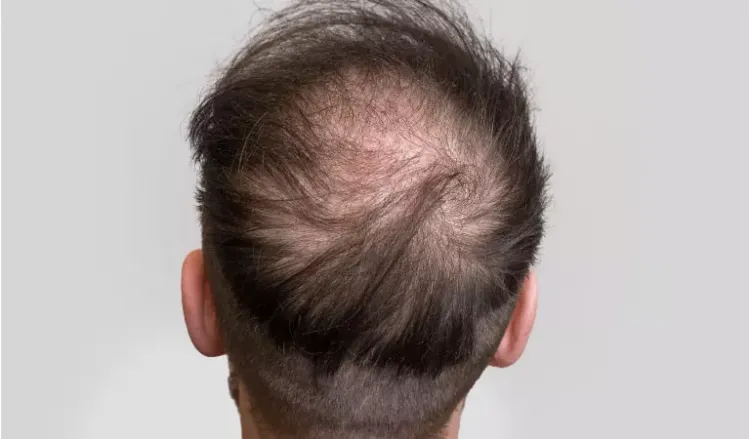How do you choose the right hair system for different types of hair loss?
Cuerpo
Choosing the right hair system for different types of hair loss involves understanding the specific needs associated with each type and matching them with the most suitable hair loss solutions. Hair systems, also known as hairpieces or wigs, come in various styles, materials, and attachment methods, tailored to address specific hair loss conditions. Here are key considerations for selecting the right hair system for different types of hair loss:
Understanding Hair Loss Solutions Classes
- Temporary Hair Loss: For temporary hair loss due to medical treatments (e.g., chemotherapy) or alopecia areata, a full-coverage wig made of synthetic or human hair can provide immediate and effective coverage. These hair systems should be easy to wear and remove, as the hair loss might be temporary and the natural hair could regrow.
- Partial Hair Loss: Conditions like androgenetic alopecia (pattern baldness) or thinning hair might benefit from hair toppers or partial hairpieces. These systems are designed to match seamlessly with existing hair, adding volume and coverage only where needed. They can be clipped, taped, or integrated with existing hair for a natural look.
- Permanent Hair Loss: For extensive or permanent hair loss due to scarring alopecia or severe medical conditions, full cap wigs or custom-made hair systems offer the best solution. These are designed to mimic the natural scalp and hairline, providing a realistic appearance. Custom hair systems are tailored to the individual's head shape and desired hairstyle, ensuring a perfect fit and natural look.
Material and Construction Considerations
- Base Material: The base material of the hair system can significantly impact comfort and appearance. Lace bases offer a natural look and breathability but might be less durable. Polyurethane (skin) bases are more durable and provide a realistic scalp appearance but might be less breathable.
- Hair Type: Human hair systems offer the most natural appearance and styling flexibility but require more maintenance. Synthetic hair systems are more affordable and easier to maintain but might not look as natural and have limited styling options.
Attachment Methods
- Tape or Adhesive: Ideal for a secure fit and suitable for individuals with active lifestyles. These attachments offer a strong hold but require regular maintenance.
- Clips or Combs: These provide easy removal and are best for temporary wear or those who do not want to commit to adhesive systems.
- Integration Systems: These involve blending the hair system with the natural hair, often using microbeads or weaving techniques, and are suitable for those with partial hair loss.
Professional Consultation
Consulting with a professional in hair systems can provide personalized advice based on the specific hair loss pattern, lifestyle, and aesthetic preferences. Professionals can offer insights into the latest hair loss solutions classes and help select a system that aligns with individual needs.
In summary, the right hair system depends on the type and extent of hair loss, desired material, attachment method, and personal preferences.










Comentarios